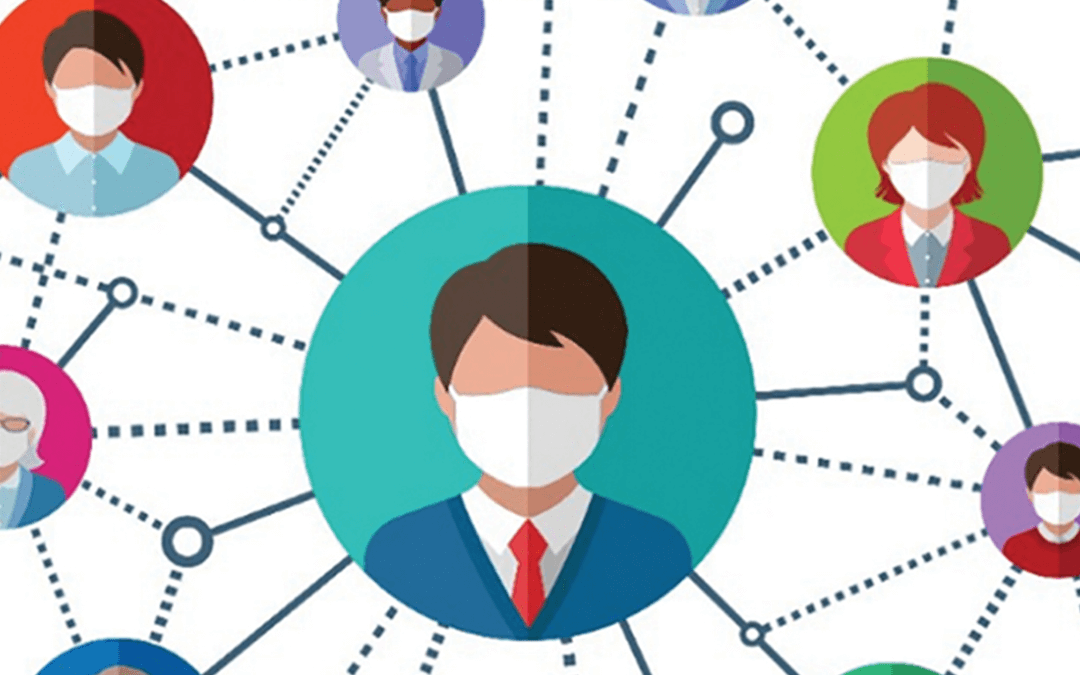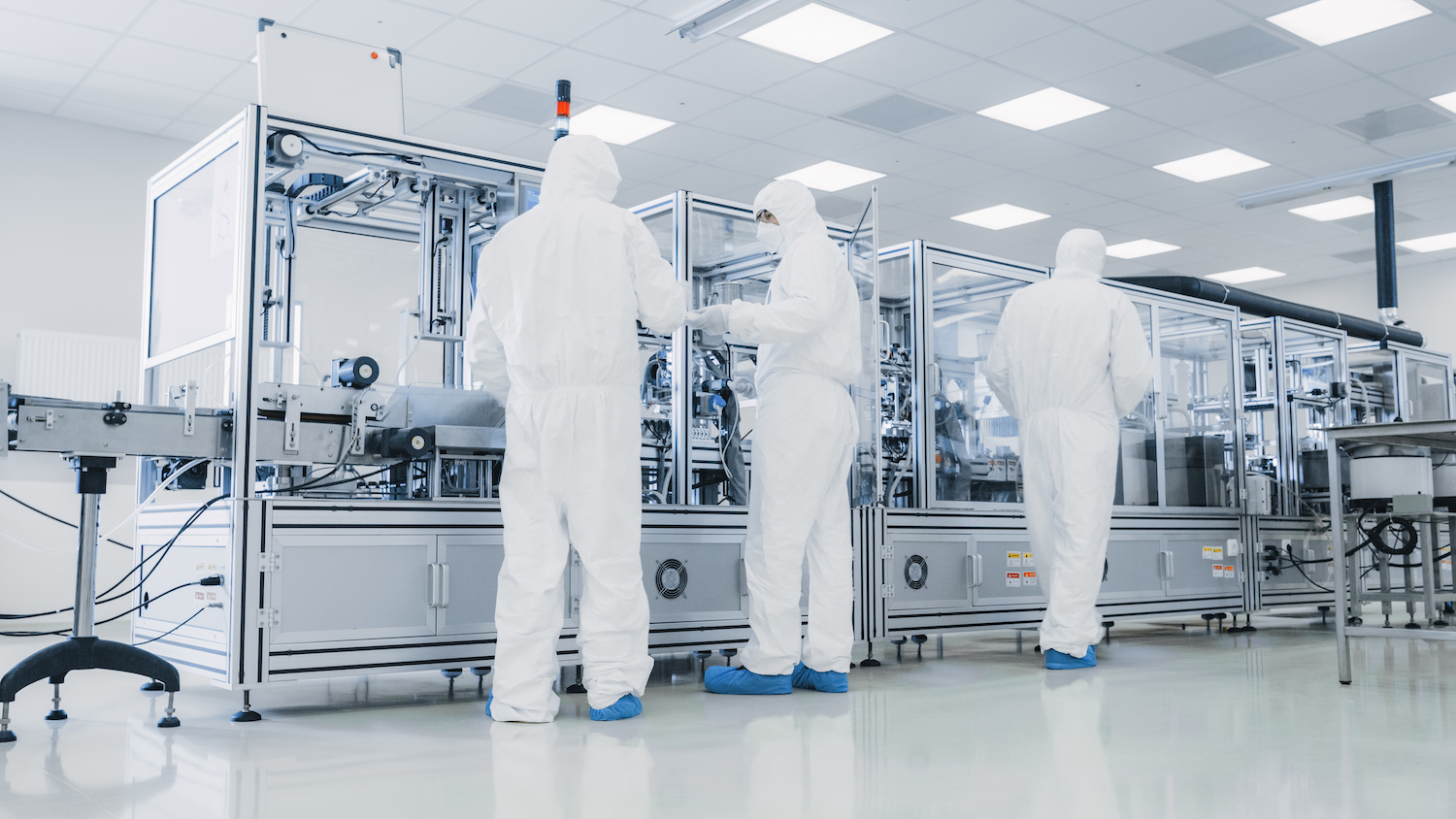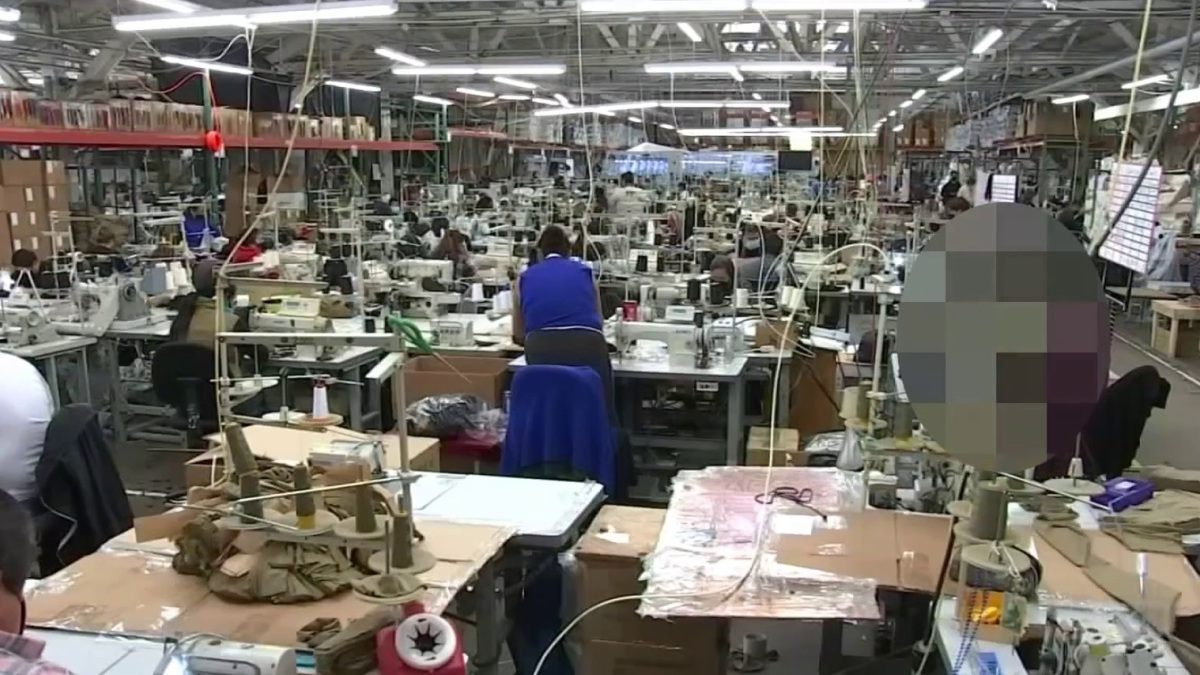Contact tracing is not going well. That’s what Dr. Anthony Fauci, the nation’s leading infectious disease expert, said a June interview with CNBC. Though long considered a staple of pandemic-fighting policy, most (if not all) states are struggling with implementing robust contact tracing—and that’s a problem. Knowing who’s been exposed is crucial to stopping COVID-19. When contact tracing fails, states can’t help exposed citizens take steps to prevent further spread. The federal government knows this. State governments know this. So why are they having so many problems?
Issues in the States
One of the biggest problems appears to be the simplest: understaffing. Health experts recommend governments employ roughly 30 contact tracers for every 100,000 residents—a number many states (including the hardest hit) have failed to reach. Take Florida, for instance: currently leading the world in new cases, the state has only reported hiring between 1,600 and 2,300 contact tracers, well below the recommended 6,450. As a result, many Floridians who tested positive have reported not hearing from contact tracers for as long as 3 months.
However, understaffing isn’t the only problem—even when contact tracers reach out to residents, they often have problems getting a response. In Louisiana, only 59% of positive residents have responded to contact tracers since mid-May. In Rockland County, New York, officials issued nine subpoenas to residents who attended a party where the host had tested positive. The subpoenas, which carried hefty fines for failure to respond, were issued after the residents refused to cooperate with contact tracers, ducking calls and refusing to answer questions when they did pick up. The recipients responded soon after the subpoenas were issued.
Beyond the States: Issues in Industry
While the situation in Rockland was extreme, it highlights the seriousness of America’s contact tracing problem. As other countries have used contact tracing to get cases under control, America has struggled to do the same. These issues extend beyond the public sector, too—they’ve impacted workplace health. Because state and local governments are failing to inform people when they may have been infected, many employees have turned to their administrators to inform them when a coworker has fallen sick.
However, companies have not always been reliable on this front. Amazon, for example, has routinely failed to tell employees when their colleagues have fallen sick, leading to tensions between workers and management. Many facilities have had walkouts over lack of communication, and workers at Amazon’s JFK8 facility in Staten Island are even suing to force the company to be more thorough in their contact tracing efforts. As businesses resume normal operations, nearly half of workers have concerns about catching the Coronavirus in the workplace. So what can companies do to make them feel more secure?
What to Do
The first step toward ensuring a safe and comfortable work environment is simple: clear communication. Employees want to be told about recent cases in the workplace. Telling employees when someone has fallen ill—especially when they may have had prolonged contact with them—is crucial to keeping a happy work environment in the COVID-19 era. Another is maintaining a flexible absence policy. Sick employees should stay home and, when possible, potentially exposed employees should quarantine.
To identify exposed employees, many companies have taken to their own contact tracing. A recent report by consulting firm McKinsey & Company found that 46% of companies plan to perform in-house contact tracing when they return to work, but the way will do so varies. Some plan to dedicate a team to identify and isolate sick or potentially exposed employees; others are taking a more decentralized approach. However companies choose to contact trace, they should be careful to follow best practices.
The most basic rule of contact tracing is to actually talk to sick workers. One reason why Amazon’s Staten Island workers decided to sue the company is that their contact tracing was insufficient; rather than interviewing sick workers, Amazon used security footage to identify close contacts where they could. Some workplaces have also turned to more high-tech solutions. While phone apps have mostly proven to be unreliable, there are a few more advanced solutions that use independent hardware to track workplace contacts more accurately. Many companies have developed solutions that use ultra-wideband and RFID technology to accurately monitor distancing while also recording close contacts. Solutions like these automate contact tracing, minimizing the amount of labor necessary to conduct it.
Conclusions
When returning to work, it’s important to take steps to protect employee’s health. Though just one precaution, in-house contact tracing can improve the safety of the workplace dramatically. Whether manual or automated, contact tracing helps keep employees’ health safe and peace of mind secure. We recommend every company invest in some form of contact tracing when reopening the workplace.
Know more about our solution Read More






